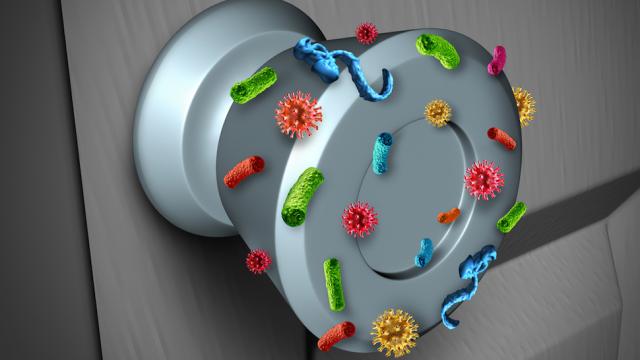We all know that the homes we believe belong to us are actually varied landscapes in which billions of creatures live, but we usually try not to think about our microbial roommates. Find out why your bathroom is the ultimate bacteria battleground, and why cleaning it can sometimes make it worse.
9) Faecal Bacteria Is King Of Your Bathroom
It’s not really a surprise to find faecal bacteria in a bathroom. That’s what we go there for, after all. Nor are the faecal bacteria so bad;generally speaking they’re part of the family Bacteroidaceae, and are nothing more than gut bacteria that took the long, strange trip to the outside world. They splashed down into a porcelain-shored lake, and most of them were sucked down into the terrible void beneath the lake. But the lake didn’t go quietly. It swirled and splashed, allowing for the aerosol dispersal of some of the bacteria via tiny droplets. The droplets came down in a harsh new environment. Chemicals wiped many of them out, but a few were left alive, on a moist and therefore oxygen-poor surface. This suited the anaerobic bacteria just fine, and they dominated their new landscape.
8) Skin Bacteria Is Faecal Bacteria’s Partner-in-Crime
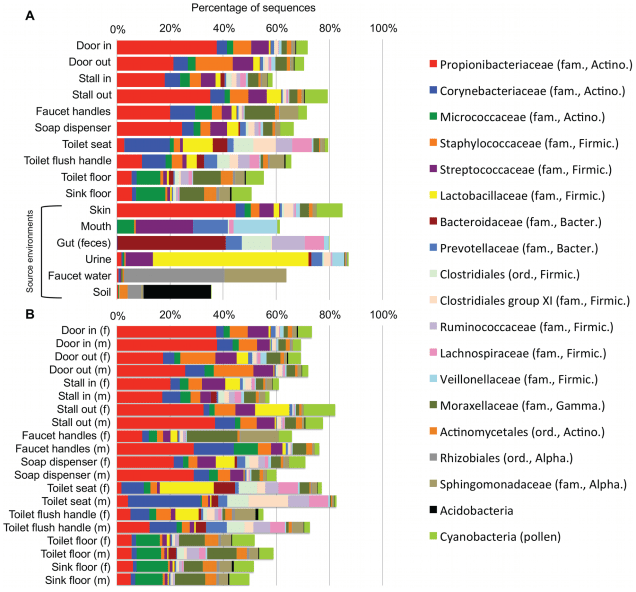
So yes, cleaning with bleach pretty much does the opposite of what cleaning with bleach is supposed to do — it leaves your bathroom covered with faecal bacteria. This isn’t because bleach and a good scrub is good for bacteria, but because it’s bad for the bacteria that usually proliferate in bathrooms, especially on surfaces that would usually be dry, and therefore not good environments for moisture-loving microbial life. Bleach cleaning gets rid of skin bacteria.
Bathroom skin bacteria tend to be members of the Propionibacteriaceaefamily. This family of bacteria is often found in intestinal tracts of animals, and in dairy products, but with humans it makes its home in the pores. The bacteria Staphylococcus also dominates bathroom surfaces. Yes, that is the one that causes the famous staph infections in hospitals. It’s often on our skin, but it takes a depressed immune system and an open wound for it to turn dangerous. These bacteria eventually displace the faecal bacteria that predominate in a bathroom after a bleach-cleaning. How long it takes for skin to beat faeces depends on the use of the bathroom. It could take only about five hours, or it could take longer. Of course, like most environments, bathrooms contain thousands of kinds of bacteria. (You can see a breakdown of the types of bacteria found on most surfaces on the chart to the left.) Still skin will win as long as bathrooms are cleaned with soap and water.
7) UTI-Causing Bacteria Are Happy To Join You For Lunch At Your Computer
Every few years a story surfaces about how the keyboard of a computer is “dirtier than a toilet seat,” as if it’s a big shock that something that people touch for hours every day and go months without cleaning is dirtier than something they clean regularly and press their briefly unclothed cheeks to a few minutes a day. What’s surprising is not how bacteria-covered your keyboard is, but how its ecology changes when you eat at your desk. One study took a look at the number and kind of bacteria on keyboards. It expressed the results in CFU — colony forming units per key. Colony forming units varied widely, from six CFU per key all the way up to 430 CFU per key, depending on the temperature, the frequency of use, and whether the computer was private or not. What the researchers usually found were Micrococcus bacteria. These little beasties can be trouble for people with severely compromised immune systems, but they’re mostly harmless. They’re the kind of bacteria typically found anywhere from dust and dairy products to beer and skin. Their most unpleasant player is M. luteus, which makes people’s sweat stink.
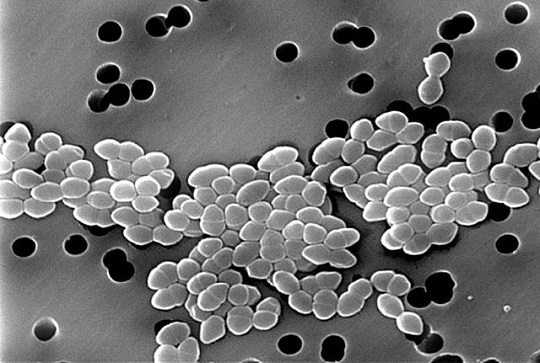
But something weird happened when the researchers compared the keyboards of people who ate away from their desk to those who ate while using the computer. Eaters’ keyboards had comparative large colonies of Enterococcus. These are more dangerous bugs. They’re more likely to be resistant to antibiotics and more likely to cause medical problems from urinary tract infections to meningitis. The computer users in this study weren’t riddled with disease, so these bacteria weren’t doing much harm, but it’s worth knowing that eating while you type gives you a low class of lunch companion.
6) E-Coli’s Extended Family Think You Catered Lunch Just For Them
A group of researchers took a look at the surface of certain fruits and vegetables. They found bacteria on all of them, of course, but certain fruits and vegetables were spattered with a lonely bacterium or two, while others were covered with thriving communities. The communities were made up of one family of bacteria: Enterobacteriaceae. Yes, this family does include the dreaded E. coli, as well as Salmonella, but most of the bacteria in the family are harmless. What’s odd is these communities of bacteria grow well on certain food products. The “heat map” below, showing greater concentrations of bacteria in red and lesser concentrations in blue, gets very red when it comes to bean sprouts, spinach, lettuce, tomato, peppers, alfalfa sprouts, and strawberries. So, if you wanted, you could make yourself an enterobacterial salad.

5) Pseudomonas Bacteria In Your Sink Appreciate The Irony (And The Lift)
The sink in both your bathroom and your kitchen is probably home to Pseudomonas bacteria. Again, most strains of this type are no problem, but one, Pseudomonas aeruginosa, can cause serious infection. One of the ways it has caused serious infection is skulking in the sinks at hospitals. It’s the old toilet problem again. When water gets splashed around, little drops go airborne. When hospital personnel washtheir hands at a sink to reduce the risk of infection, the bacteria settlea on their body and took a ride around the hospital, increasing the risk of infection. Simply heating the sink to 70 degrees inhibited the bacteria and stopped the outbreak of infection, and homes don’t need the stringent safety requirements that hospitals have in place. That doesn’t change the fact that cleaning your hands can cover them with bacteria.
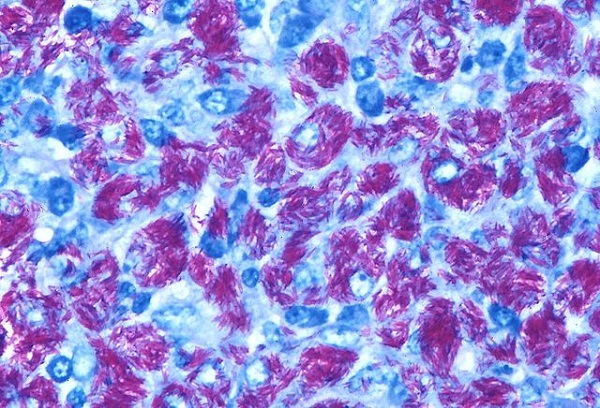
4) Not-Quite-Tuberculosis Bacteria Like Taking Showers With You
And while we’re on the subject of splashing water, let’s head back to the bathroom, where there is a device that rarely gets cleaned, has small crevices that are often kept damp, and where the temperature stays warm enough to keep a lot of bacteria healthy. Shower heads are good places for non-tuberculous mycobacteria. Luckily for shower-lovers, “non-tuberculous” is not a misnomer, but these bacteria are not lightweights. Mycobacteria can infect the lungs, especially if they’re sprayed over someone in a fine mist. In showerheads, there can be so many mycobacteria that they form biofilms — living slime. Biofilms often build up on shower curtains as well, where they also go airborne during a person’s shower. These mycobacteria may cause chronic pulmonary infections in people not healthy enough to fight off the bacteria that come pouring into their lungs. Healthy people don’t need to worry. Sick people might consider getting metal shower heads, replacing them regularly, and letting the shower run for about 30 seconds before they get into the shower cubicle in order to flush out the bacteria.
3) Lactobacillus Defends Your Fridge!
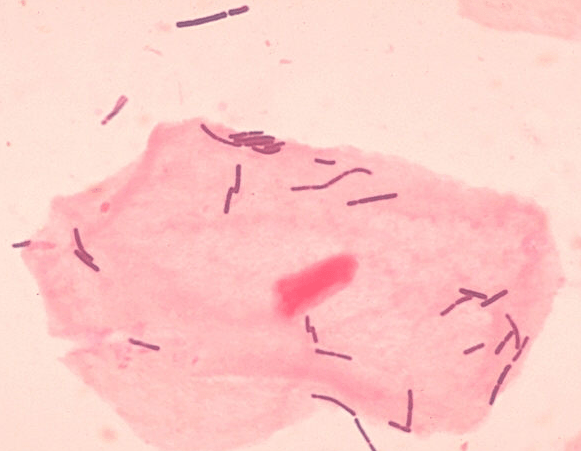
The fridge is built to inhibit the growth of bacteria, so it’s not surprising that it has relatively low levels of many different kinds of bacteria, including, thank goodness, the kinds found on the toilet seat. What does it have a stunningly large amount of? Lactobacillus! We’re responsible for this high rate of “infection,” since we deliberately cram our fridges full of the bacteria. Cheese, sour cream, and nearly any kind of thickened milk will have lactobacillus in it. It was the bacterium that causes the milk to thicken in the first place.
Milk, with its abundant nutrients (and, in the pre-refrigeration days, warm temperature), should be a haven for all kinds of bacteria. Lactobacillus at first seems too benign to have come out on top in that fight. A second look shows that the thickening occurs in part because the bacterium creates lactic acid. Lactobacillus’ acidification of its environment kills off, or at least inhibits, other kinds of bacteria.
In the past, farmers didn’t just turn their milk into cheese because it tasted good. They used lactobacillus to turn milk into something that could be eaten years later without fear of death-by-food-poisoning. Centuries later, in our fridges, we might be using it the same way. Our fridges might be cleaner than they have any right to be (given how infrequently we clean them) because we seed them with acid-producing bacteria.
2) The Bacteria That Rot Your Teeth Sleep On Your Pillow
Streptococcus mutans is another bacteria that produces acid, but we’re not so fond of this one. It doesn’t swim around milk making cheese. Instead it swims around your mouth, going after the sugars and starches leftover when you’re done eating. As it consumes its food, it produces acid. Acid is not good for the enamel on teeth, and high levels of this type of bacteria are what kick tooth decay into gear.
Every night we brush away whatever we can of streptococcus mutans and its potential food, but we never get it all. When we leave the bathroom we take that little community of bacteria and we transport it to our bedroom, where we immediately drool it down into our pillowcase. Yep, pillowcases are full of oral bacteria. The dry cloth is not an ideal environment for the bacterium, but we renew the supply of bacteria every night, often turning and grinding our own faces into the microbial soup we have made of our pillow cases.
1) A Dog Is Proteobacterium’s Best Friend
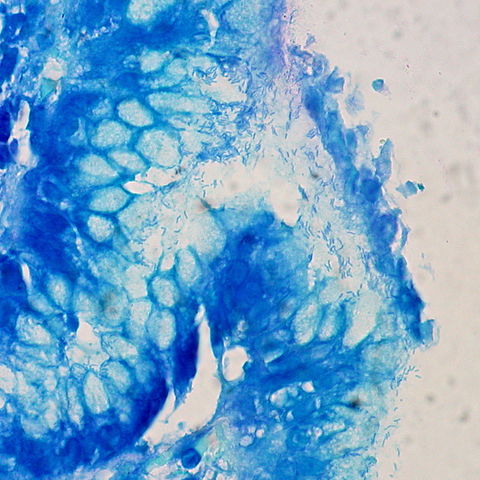
If you have a dog, rest assured that every day it brings in Proteobacteria. This is a sentence that gives you both more and less information than it at first seems to. About one-third of known bacteria are Proteobacteria. It’s a group that includes everything from the bacterium that causes whooping cough to many of the bacteria responsible for nitrogen fixation, and is therefore responsible for all life on Earth.
It is a big group, and your dog brings in a lot of bacteria. Not to worry, because most of this bacteria doesn’t come from faeces or drool. It just comes from dust. A dog tracks grit and dust into the house and as humans walk through the house and disperse it, the bacteria on the dust travel everywhere. And I do mean everywhere. Researchers comparing houses with pet dogs to houses with no dogs swabbed every surface to the outer door frame to the pillowcases to the kitchen counter. The “dog houses” increased their bacterial biodiversity by 50%. After reading this list, that sounds like bad news. It’s not.
People whose immune systems aren’t working well need to avoid bacterial infection. People with robust immune systems are well-served by owning a living bacteria-importer. Those who live with pets, and the increased biodiversity pets bring, tend to have fewer allergic and skin reactions than petless people. Some studies show that this extends to babies born to pregnant women who lived dogs in the house were less prone to asthma. There could be major benefits to being forced to interact with a big, diverse group of bacteria. Now that humans don’t venture out as often, the fact that dogs bring in big, diverse swaths of bacteria might make them service animals.
[Via Toilet Ecology, Microbial Biogeography of Restroom Surfaces, Applied and Environmental Microbiology, How Many Bacteria Live On The Keyboard Of Your Computer, Bacterial Communities Associated With Fresh Fruits and Vegetables, Generation of Pseudomonas Aeruginosa Aerosols, There Are Thousands of Organisms In Your Bed, Opportunistic Pathogens Enriched In Showerhead Biofilms, Molecular Analysis of Shower Curtain Biofilm Microbes, Home Life]
Top Image: Lightspring/Shutterstock. Bathroom Microbe Chart: PLOS One. Enterococci Image: CDC. Fruit and Vegetable Microbe Chart: PLOS One. Mycobacterium Infection: Yale Rosen. Lactobacillus Image: CDC. Proteobacteria Image: Ed Uthman.
